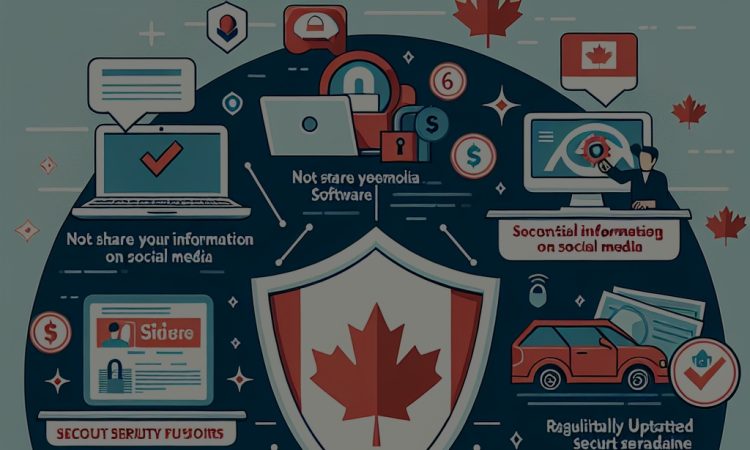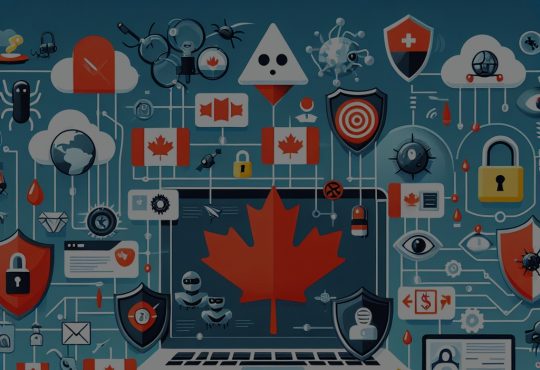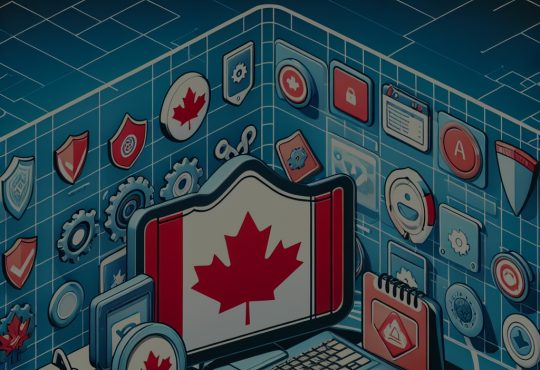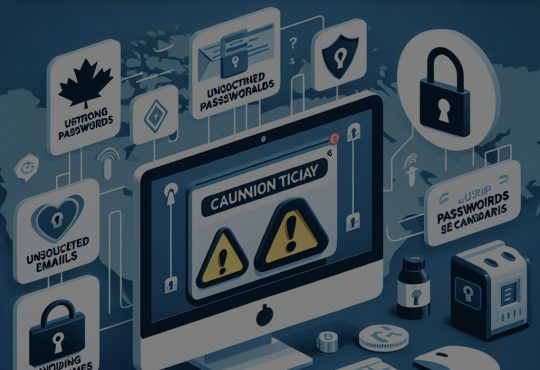
===
Identity theft is a growing concern in Canada, affecting individuals and businesses alike. As technology becomes increasingly integrated into our daily lives, the potential for personal information to be compromised rises significantly. Understanding the nature of identity theft, implementing preventative measures, and knowing how to respond if victimized are crucial steps to safeguarding one’s identity. This article provides essential tips to prevent identity theft in Canada, ensuring that individuals can navigate the digital landscape securely.
Understanding Identity Theft: Common Tactics and Risks in Canada
Identity theft occurs when someone illegally obtains and uses another person’s personal information, such as their name, Social Insurance Number (SIN), or credit card details, to commit fraud. In Canada, tactics employed by identity thieves can include phishing emails, fraudulent phone calls, and data breaches from businesses that inadequately protect consumer information. These methods exploit human trust and technological vulnerabilities, making it essential for individuals to remain vigilant about their data.
One common tactic is phishing, where individuals receive emails or messages that appear to be from legitimate organizations. These messages often contain links to counterfeit websites designed to capture personal information. Additionally, identity thieves have been known to use social engineering techniques, such as impersonating legitimate authorities, to extract information from unsuspecting individuals. Understanding these tactics can help Canadians recognize potential threats and take appropriate precautions.
The risks associated with identity theft extend beyond financial loss. Victims may face emotional distress, damage to their credit scores, and considerable time spent rectifying fraudulent activities. In Canada, identity theft can also lead to legal issues if a victim’s name is used in criminal activities. Moreover, the cumulative impact on society can result in increased costs for businesses and heightened security measures that can burden consumers indirectly.
Recognizing the ever-evolving landscape of identity theft is crucial for Canadians. By staying informed about common tactics and associated risks, individuals can become proactive in protecting their personal information. Awareness serves as the first line of defense against identity theft, empowering individuals to implement effective safeguards and remain vigilant.
Proactive Measures: Safeguarding Personal Information Effectively
Implementing proactive measures is key to safeguarding personal information against identity theft. One of the most effective strategies is to regularly monitor financial statements and credit reports. Canadians are entitled to one free credit report per year from each of the two major credit bureaus, Equifax and TransUnion. By reviewing these reports, individuals can quickly identify any unauthorized transactions or accounts opened in their name, allowing for timely action.
Another essential measure is to strengthen online security. This includes using complex passwords that combine letters, numbers, and special characters, as well as enabling two-factor authentication (2FA) wherever possible. Canadians should also be cautious about sharing personal information on social media, as oversharing can make it easier for identity thieves to gather information necessary for fraudulent activities. By limiting the amount of personal data readily available online, individuals can significantly reduce their vulnerability.
Physical security of personal documents is equally important. Canadians should store sensitive documents, such as birth certificates and Social Insurance Numbers, in a locked and secure location. Shredding documents before disposal can further prevent unauthorized access to personal information. Regularly updating security software on devices used for online banking and shopping is also crucial, as it helps protect against malware and other cyber threats that could compromise sensitive data.
Lastly, Canadians should educate themselves about identity theft and its prevention. Participating in workshops, webinars, or reading materials provided by governmental and financial institutions can provide valuable tips and updates on emerging threats. By fostering a culture of awareness and caution, individuals can not only protect themselves but also encourage their communities to be proactive against identity theft.
Responding to Identity Theft: Steps to Take if Affected
If an individual suspects they have fallen victim to identity theft, swift action is imperative. The first step is to gather documentation related to the suspicious activity, such as bank statements, credit reports, and any correspondence with creditors. This information will be crucial when reporting the incident to authorities and financial institutions. Keeping a detailed log of all actions taken can help streamline the resolution process.
Next, it is essential to contact the financial institutions involved. Individuals should notify banks and credit card companies immediately to report any unauthorized transactions. Most institutions have fraud departments dedicated to helping victims of identity theft. They can assist in freezing accounts, disputing charges, and making necessary adjustments. Additionally, victims should consider placing a fraud alert on their credit reports. This action informs potential creditors to take extra steps in verifying identity before extending credit.
Another critical step is to report the identity theft to the proper authorities. In Canada, individuals can file a report with the Canadian Anti-Fraud Centre (CAFC) and local law enforcement. Providing as much detail as possible will aid in the investigation and help protect other potential victims. It is also recommended to report the incident to the credit bureaus to prevent further fraudulent activities. By placing a credit freeze, individuals can restrict access to their credit reports, making it more difficult for identity thieves to open new accounts.
Finally, it’s crucial to monitor personal accounts and credit reports closely for any signs of ongoing fraud. Even after reporting identity theft, vigilance is necessary to catch any lingering effects. Regularly checking for unauthorized activities and staying informed about one’s financial landscape is essential for recovery. While the aftermath of identity theft can be overwhelming, taking swift and informed actions can help mitigate the damage and restore one’s identity.
===
Identity theft is a serious threat that requires constant vigilance and proactive measures, especially in today’s digital era. By understanding the common tactics and risks associated with identity theft, individuals in Canada can take significant steps to protect their personal information. Implementing effective safeguards, knowing how to respond in case of a breach, and remaining educated about emerging threats are essential components of a comprehensive identity protection strategy. With the right knowledge and actions, Canadians can significantly reduce their risk of falling victim to identity theft and ensure their personal information remains secure.






